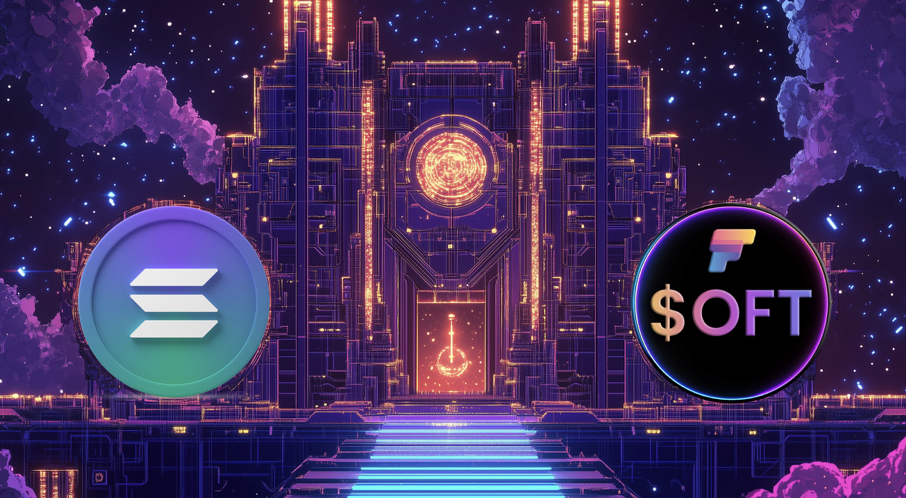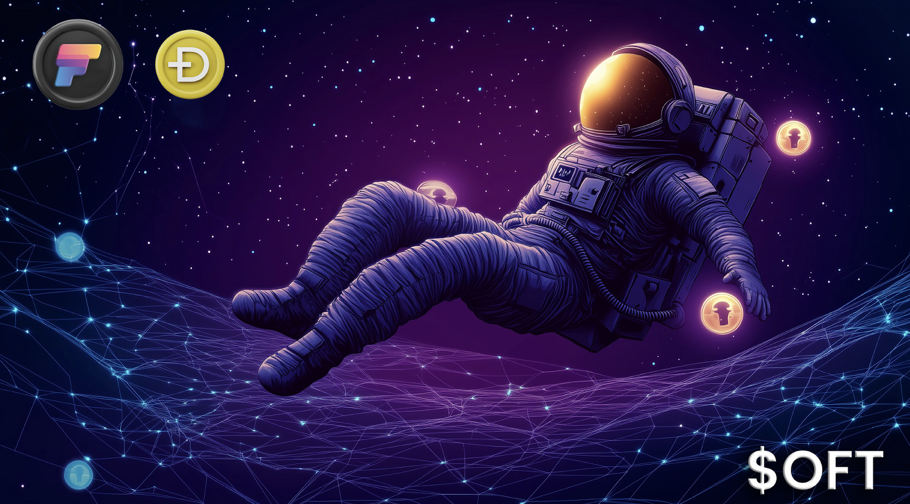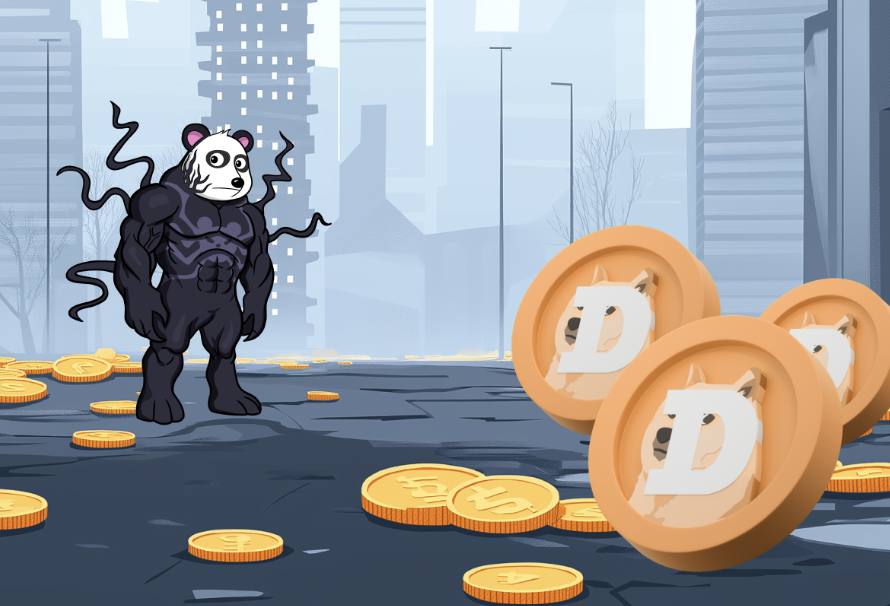ARTICLE AD
Recent developments in the Bitcoin mining industry suggest a significant financial squeeze due to decreased network fees and halved block rewards.
These factors are shaping the economic space for companies validating Bitcoin transactions and could potentially force some into selling their digital assets prematurely to remain solvent, according to Kaiko Research.
Diminishing Rewards And Revenue Pressures
Kaiko Research has pointed out this worrying trend for Bitcoin miners: the combination of reduced mining rewards and lower network fees is increasingly challenging their profitability. Since April, when the reward for mining a Bitcoin block was cut from 6.25 to 3.125 BTC, revenue has plummeted.
This “Halving” is a regular event intended to limit Bitcoin’s supply but often results in short-term financial hardship for miners.
Compounding the issue, transaction fees, which can provide a significant revenue stream during peak transaction periods, have also dropped dramatically, currently averaging between $3 and $5, a steep decline (excluding a spike to $102 in early June) from the $45 seen in January.
 Bitcoin miner fees. | Source: Kaiko
Bitcoin miner fees. | Source: Kaiko
Historically, periods following halvings have led to price surges that helped miners offset the loss in block rewards. However, the current market scenario differs, with BTC showing minimal price changes since the previous Halving.
According to Kaiko, this stagnation heightens the risk of forced sales as miners might liquidate holdings to cover operational costs such as electricity, wages, and equipment maintenance, given that their primary revenue streams have weakened.
The research firm noted:
The decline in fees coincides with reduced block rewards, down to 3.125 from 6.25 BTC, leading some miners to sell their holdings. This trend could persist, potentially causing forced selling in the upcoming months.
Furthermore, the pressure on miners will likely trigger a “wave of consolidation” within the industry, as smaller operations may struggle to remain profitable.
Kaiko anticipates an increase in mergers and acquisitions, citing recent moves such as Riot Platforms Inc.’s attempt to acquire Bitfarms Ltd. and CleanSpark Inc.’s purchase of Griid Infrastructure Inc. These strategic moves aim to pool resources and enhance operational efficiencies among competing firms.
Bitcoin’s Market Dynamics And Long-Term Holder Behavior
Despite these challenges, the overall BTC market has slightly recovered, with a 3% increase over the past week. However, this recovery is tenuous, as evidenced by Bitcoin’s failure to maintain a solid position above the $63,000 mark, with its price oscillating and currently sitting at $61,881.
Adding to the market’s volatility, data from Bitfinex suggests that long-term BTC holders have resumed selling their coins, a trend that was paused only briefly earlier in the year. This selling pressure from seasoned investors could further destabilize the market.
“Long-term holders of #Bitcoin are resuming their sales, and continued high levels of profit realization by long-term holders means the near-term outlook for Bitcoin is vulnerable.” #Bitfinex Alpha @TheBlock__https://t.co/K4cPSqWmV9
— Bitfinex (@bitfinex) July 2, 2024
Featured image created with DALL-E, Chart from TradingView

 7 months ago
63
7 months ago
63 

